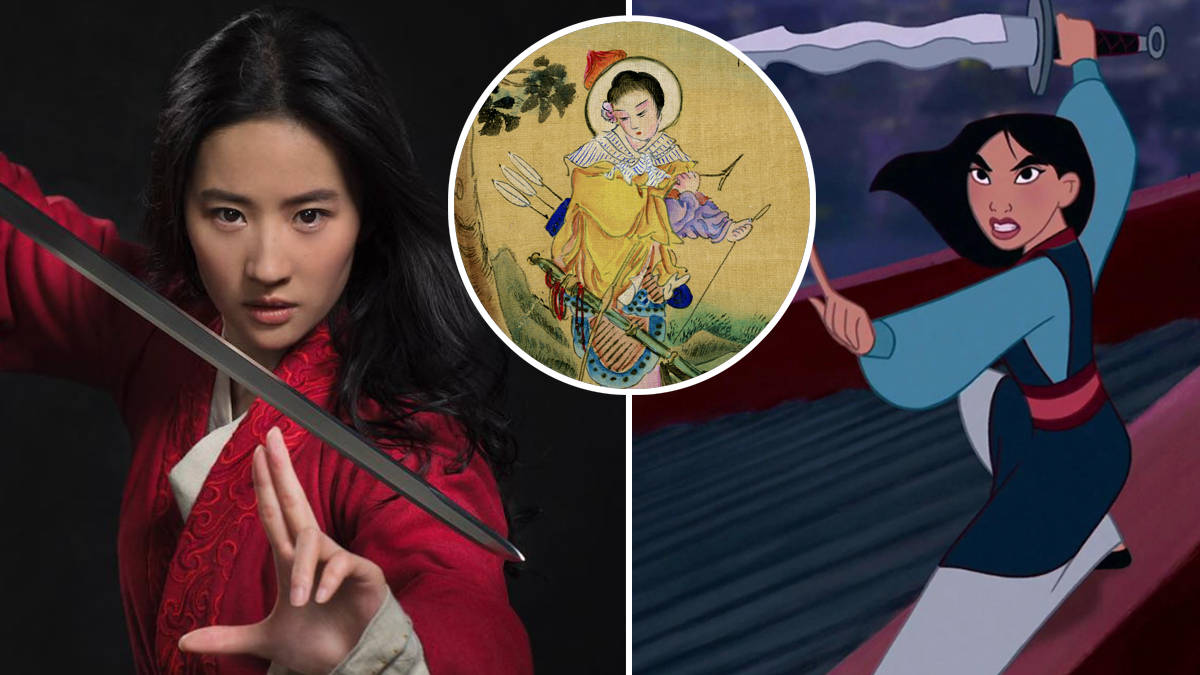The ballad of Mulan is a Chinese folk tale that tells the story of a young woman named Mulan who disguises herself as a man and takes her elderly father's place in the army. The story, which dates back to the Northern Wei Dynasty (386-534), has been passed down through the generations and has been adapted into various forms of media, including literature, film, and theater.
The story begins with the Chinese government issuing a conscription notice, requiring all able-bodied men to join the army and defend the country against invaders. Mulan's father is too old to serve, so Mulan decides to take his place in the army. She cuts off her long hair, dons men's clothing, and sets off for the recruiting office.
Mulan becomes one of the best soldiers in the army, thanks to her exceptional martial arts skills and strategic thinking. She rises through the ranks and becomes a respected leader among her comrades. She fights bravely in numerous battles and ultimately helps to defeat the invading forces.
However, her true identity is eventually revealed, and she is forced to leave the army. Mulan returns home to her family, where she is greeted with love and admiration. The story ends with Mulan being hailed as a hero and an inspiration to all women.
The ballad of Mulan has been a popular folk tale in China for centuries and has inspired many adaptations in different forms of media. The story has been retold in various languages, including English, and has been adapted into plays, films, and television shows. The character of Mulan has become an iconic figure in Chinese culture, symbolizing bravery, loyalty, and determination.
In conclusion, the ballad of Mulan is a classic Chinese folk tale that tells the inspiring story of a young woman who disguises herself as a man and becomes a hero in the army. The tale has been passed down through the generations and has inspired numerous adaptations in literature, film, and theater. The character of Mulan has become an iconic figure in Chinese culture, representing bravery, loyalty, and determination.







